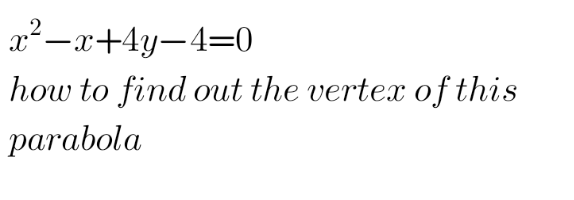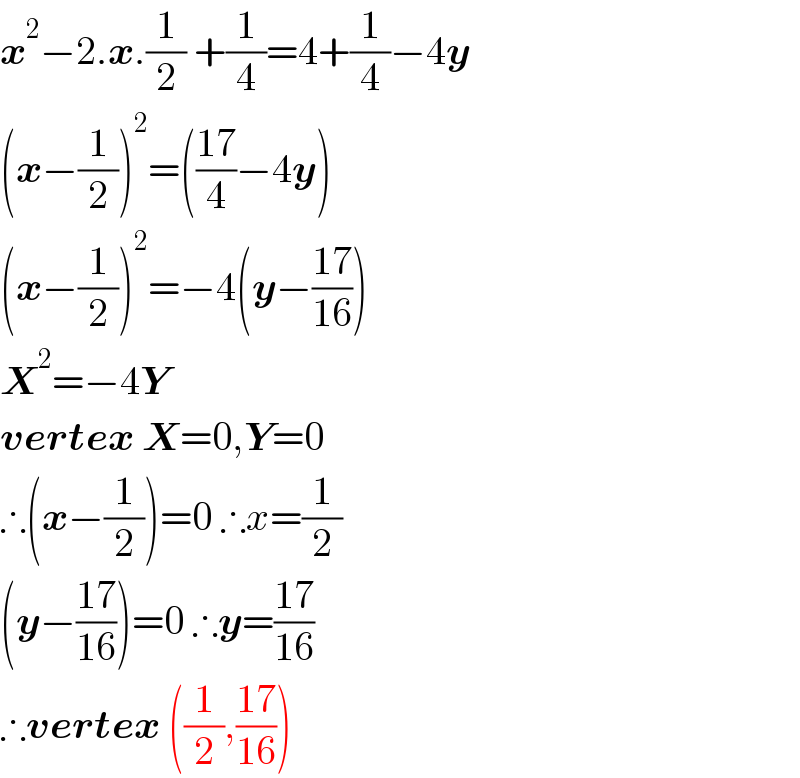
Question and Answers Forum
Question Number 150628 by aupo14 last updated on 14/Aug/21

Answered by som(math1967) last updated on 14/Aug/21

| ||
Question and Answers Forum | ||
Question Number 150628 by aupo14 last updated on 14/Aug/21 | ||
 | ||
Answered by som(math1967) last updated on 14/Aug/21 | ||
 | ||
| ||